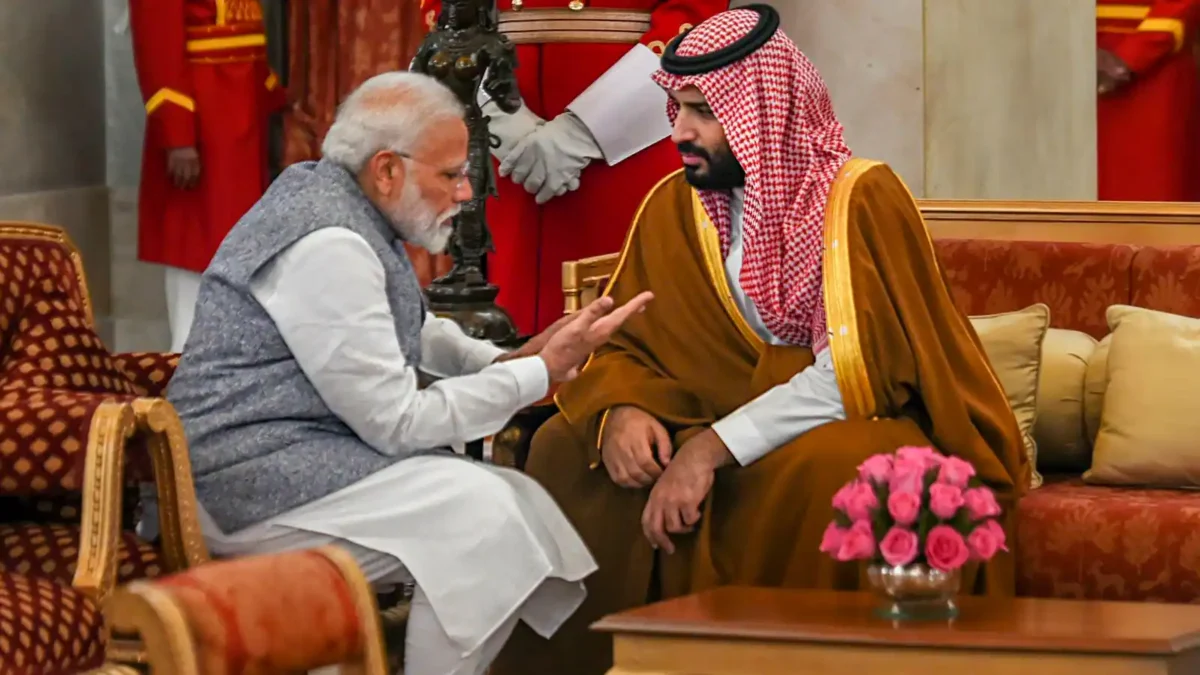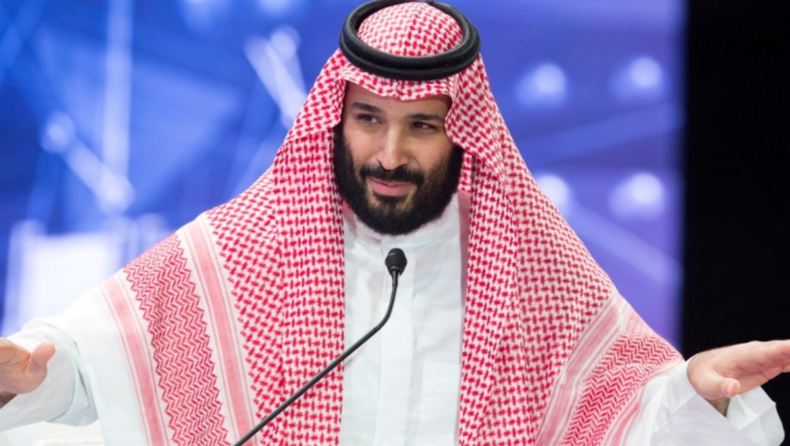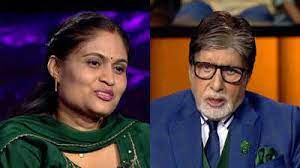India and Saudi Arabia’s very first such drill would involve collaborative bilateral training between the two militaries. The drills, which are expected to take place in the following fiscal year, would send several Indian personnel to Saudi Arabia.
To channel the $100 billion in investments that the Saudi side had pledged during the crown prince’s most recent travel to India in February 2019, the two nations decided to establish a joint working group (JWG). In December 2020, Indian Army Chief General MM Naravane travelled to Saudi Arabia, which was another first for both nations.

Table of Contents
India And Saudi Arabia: A Powerful Collaboration
On Monday, Prime Minister Narendra Modi and Crown Prince Mohammed bin Salman discussed approaches to strengthen partnerships in a variety of fields, involving energy and security, and laid out actions to hasten Riyadh’s long-stalled proposal to invest $100 billion in the nation, including a mega-refinery.
After taking part in the G20 Summit over the weekend, the crown prince—who serves as both the kingdom’s prime minister and head of state—started a day-long state visit. While he and Modi jointly headed the inaugural gathering of the Strategic Partnership Council, the top institution to supervise bilateral relations that was established in 2019, the Saudi leader was given a formal reception at Rashtrapati Bhavan.
“Saudi Arabia is one of India’s most crucial strategic allies. Our shared collaboration is essential for the stability and security of the whole region as the two biggest and most rapidly growing economies in the world, Modi remarked during the meeting.
What Does The Leaders Think?
About the opening of the India-Middle East-Europe Economic Corridor (IMEC) during the G20 Summit, Modi remarked, “We collectively made a momentous foundation to construct an economic corridor connecting India, West Asia, and Europe. India, Saudi Arabia, the European Union, the United Arab Emirates (UAE), the United States, and other G20 members inked an agreement for the corridor, which Modi stated would improve economic ties, the creation of energy, and digital connection.
The Saudi prince also mentioned IMEC and stated that the partners must “work assiduously to transform it into a reality.” In the past India-Saudi Arabia interactions, which are focused on collaboration to generate chances, he noted, there has never been any controversy.
We’re focusing on potential potential prospects now. There is a very ambitious schedule to follow. These successes, which are encouraging, are being worked on through this council, he added.
The two nations decided to establish a joint working group (JWG) to organise and direct the $100 billion in investments that the Saudi side had pledged during the crown prince’s most recent visit to India in February 2019. $50 billion of this had been set aside for the West Coast refinery, a massive facility that would be built by Saudi Aramco, the Abu Dhabi National Oil Company (ADNOC), and Indian businesses.
“Both sides expressed their complete backing to the swift completion of the West Coast refinery project,” said Ausaf Sayeed, secretary (overseas Indian relations) in the external affairs ministry, during a press conference for the media. A specific monitoring committee will be in place in addition to the JWG on investments to make sure the refinery development is moving forward.
Sayeed stated that since the refinery’s announcement in 2018, there have been setbacks as a result of several causes, notably the COVID-19 epidemic. The plan, he explained, was for a JWG or committee to examine every aspect of the situation and then look for methods to move things along quickly.
Negotiations And Bilateral Talks
Both leaders gave the Saudi Energy Ministry and the Petroleum Ministry of India instructions to determine the obstacles to the refinery’s early execution.
According to reports, the refinery’s construction, which was supposed to generate 1.2 million barrels per day, has been delayed due to difficulties in securing land in western Maharashtra. The possibility of dividing the massive plant into numerous refineries has been examined by the interested parties.
Modi made suggestions for prospective Saudi investment during the discussion, such as ports, highway infrastructure, the growth of railroads and freight routes, and energy, hydrogen and gas networks.
To hasten the process of negotiating a free trade agreement (FTA) between India and the Gulf Cooperation Council (GCC), the two parties concurred. Sayeed claimed that such an FTA may serve as a spark for increased bilateral trade. The lead mediator for the GCC was replaced, which caused a delay in the discussions. Both parties are eager to finalise the agreement as soon as possible, he added.
Eight agreements were reached by the two parties, including one in the energy ministers agreed to turn the cooperation over hydrocarbons into a comprehensive energy collaboration. Renewable energy, petroleum, electricity, green hydrogen, and strategic petroleum reserves will all be covered under this pact.
Towards A More Peaceful World
Saudi Arabia presently ranks third among energy suppliers to India and provided crude oil worth $29 billion between 2022 and 2024. However, Russia overtook the monarchy last year, becoming a major energy provider by offering inexpensive oil in the wake of the Ukraine War.
Invest India and the Saudi Investment Ministry, the exim banks, SIDBI and the Saudi SME Bank, the national archives, digitalization and electronic manufacturing, collaboration between India’s Central Vigilance Commission and the Saudi Oversight and Anti-Corruption Authority, and digitalization and electronic manufacturing were among the other contracts.
A separate agreement addressed desalinating seawater and included cooperative research, financing knowledge exchanges and collaboration in the next generation of technology.
The two presidents discussed cooperation in the domains of energy, defence, security, innovation, transportation, healthcare, and education during their meeting, and they also selected space and semiconductors as two new areas of engagement. Sayeed stated that suggestions and proposals for collaboration in fintech and trading in national currencies had already been shared by the two parties.
The leaders voiced appreciation for the present trade level, which has been in the range of $30 billion annually, with Saudi Arabia as India’s fourth-largest partner in trade and India’s second-largest trading partner being the kingdom. Modi put a focus on emerging industries such as vital minerals and food processing facilities and proposed the formation of a JWG on technical and educational expansion.
Modi also said that Saudi Arabia would think about taking in more Indian pilgrims for the yearly Haj, according to availability. India now has a 175,000-person Haj quota.
The Indian government has concentrated on strengthening energy and security relations with West Asian nations, particularly the UAE and Saudi Arabia, where there are 2.2 million Indians living as the biggest immigrant population in the country.
Modi praised Saudi Arabia for aiding them during the outbreak and spoke to a significant number of Indian employees. Indians, who contribute significantly to the nation’s economic expansion, make up 7% of the overall population of the Saudi Arabian kingdom, according to the crown prince. “We view them as a component of Saudi Arabia. We keep an eye on and care for them like we do to our own citizens,” he said.













